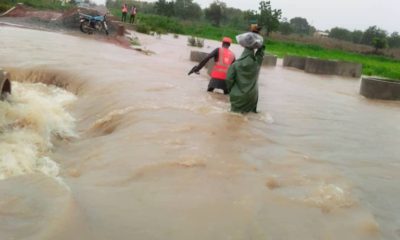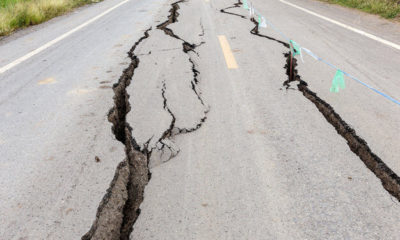Anyone who has ever visited the small, exquisite tidal island of Mont Saint Michel in France knows that one of the biggest difficulties is how to move about when you get there. There is only one access road in and out and even taking the obligatory shuttle buses from the row upon row of car parking is complicated because of the large amount of people trying to get onboard the buses at any one time—3 million people visit every year. This weekend, the shuttles were temporarily suspended because there were too many people trying to climb up through the cobbled streets to the majestic monastery at its summit.
Olivia Grégoire, France’s Tourism Minister told Le Figaro newspaper that it’s time to take action at a national level to counter over-tourism at this site and many others around the country. The French government wants to redirect the 80% of its tourists who visit just 20% of its sites, such as Mont Saint Michel and Normandy’s stunning cliffs of Étretat.
The set-jetting trend is seen as a culprit, where people are now inspired to visit sites showcased in series such as Netflix’s Emily in Paris. Likewise, more people than usual flooded the Étretat cliffs after seeing them in the very successful Netflix show, Lupin.
Many European countries are aiming to redirect tourists to lesser known sites—the Netherlands began a campaign to redirect visitors in 2019 after seeing projections that tourism would grow by 50% to 29 million visitors by 2030. The Netherlands Tourist Board had enough of people trampling tulip fields to take selfies, categorically stating at the time that “we can now say that more is not always better, certainly not everywhere.”
Many sites are now charging entry fees across Europe to try to decrease overcrowding and protect areas for liveability and environmental reasons—Marseille’s majestic limestone Calanques need to be booked up in advance and Venice’s new entry fee are just two examples. These quotas will aim to radically cut the number of people from 2,500 per day in the case of the Sugiton Calanque in Marseille, to just 400.
For the French government, the aim is to use influencers and social media to show just how overcrowded these places are, to discourage people from turning up. Last month, tourist officials posted sad photos of the 60,000 people who turned up to visit Mont Saint Michel on the long Ascension bank holiday weekend in mid May and were stuck waiting to climb up to the monastery because of overcrowding. Similar campaigns were used in Marseille in 2021 and Corsica’s Porto-Vecchio in 2022, as reported by The Telegraph.
The new campaign will promote tourism over all four seasons and promote specific tours, and the campaign will be in English, aimed specifically at American and British tourists, who have come back to France in their droves since the pandemic—37 million people are expected to visit Paris this year, many of whom will also take the time to head elsewhere in France. By showing people stuck in queues at famous sites, it’s hoped that potential visitors might take the time to reflect and head somewhere else in the country instead.

 Business2 years ago
Business2 years ago
 Politics2 years ago
Politics2 years ago
 News3 years ago
News3 years ago
 Politics1 year ago
Politics1 year ago
 News3 years ago
News3 years ago
 Business2 years ago
Business2 years ago
 National1 year ago
National1 year ago
 Media2 years ago
Media2 years ago
